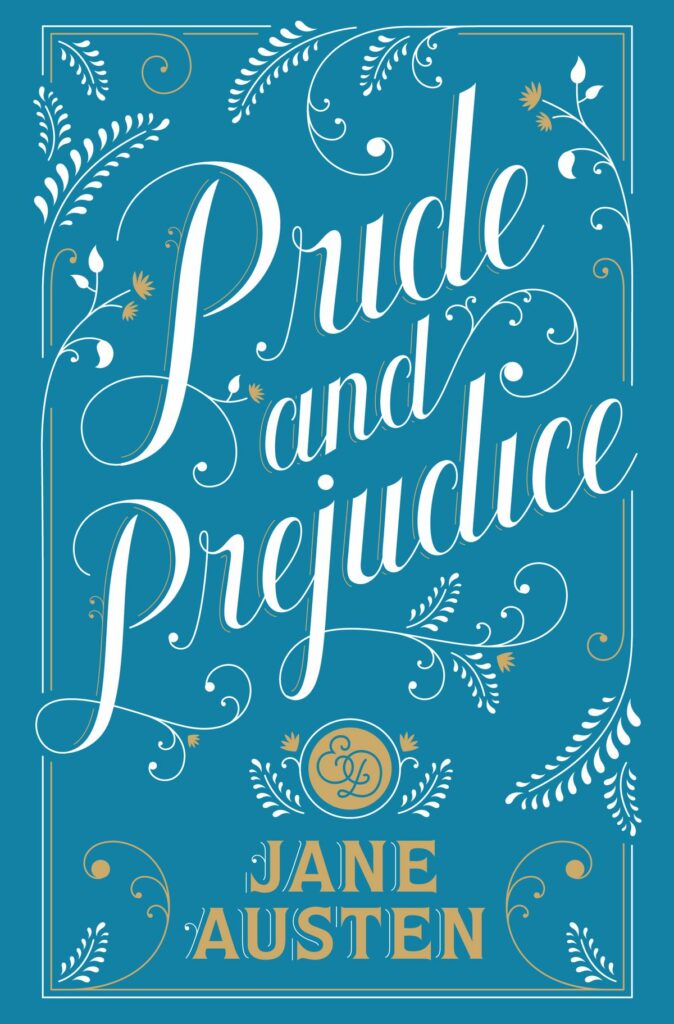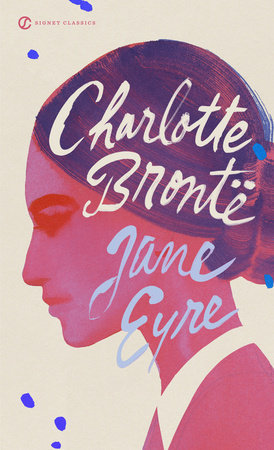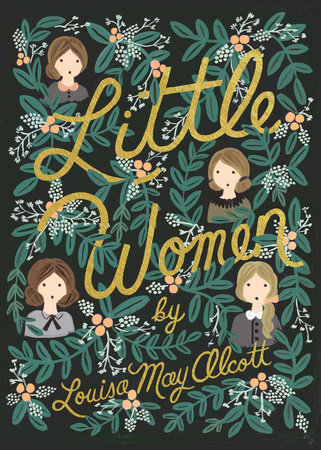In the pages of classic literature, a quiet but resilient thread is woven with the aspirations, struggles, and voices of women.
These literary works, crafted by authors from eras when the voice of women was often stifled, bear witness to the indomitable spirit of feminism that has persevered throughout history.
Classic literature, often regarded as a reflection of the prevailing ideologies of its time, might seem, on the surface, a realm entrenched in patriarchal perspectives.
However, beneath the surface, these literary masterpieces harbor resilient female protagonists, who, through their trials and triumphs, have become beacons of empowerment, challenging societal norms and offering alternative narratives to the often-restrictive roles assigned to women.
Through their journeys, we witness the transformation of female characters from constrained and confined entities to assertive individuals, laying the groundwork for the exploration of feminist themes.
The novels become not only mirrors reflecting the struggles of women within their respective historical contexts but also blueprints for social change.
From defiant heroines who challenged convention to subtle subversions of gender roles that emerged in the narratives, we’ll shed light on how great authors used their craft to reflect, critique, and challenge the societies in which they lived.
Challenging Gender Roles in Pride and Prejudice by Jane Austen
Published in 1813, Jane Austen’s Pride and Prejudice is a timeless classic that transcends its era to resonate with readers across generations.
Beyond its romantic narrative and biting social commentary, the novel subtly challenges the rigid gender roles prevalent in the early 19th century.
Austen, often regarded as a keen observer of society, employed her wit and literary prowess to subvert the expectations placed on women, providing readers with characters who defied convention and questioned societal norms.
Elizabeth Bennet: A Woman Ahead of Her Time
At the heart of Pride and Prejudice is Elizabeth Bennet, a character who defies the stereotypical image of a meek and submissive woman expected in the early 19th century.
Elizabeth is intelligent, quick-witted, and possesses a sharp tongue that she uses to challenge the societal expectations placed upon her.
Her refusal to conform to the conventional path of marriage for financial stability is a clear departure from the norms of the time.
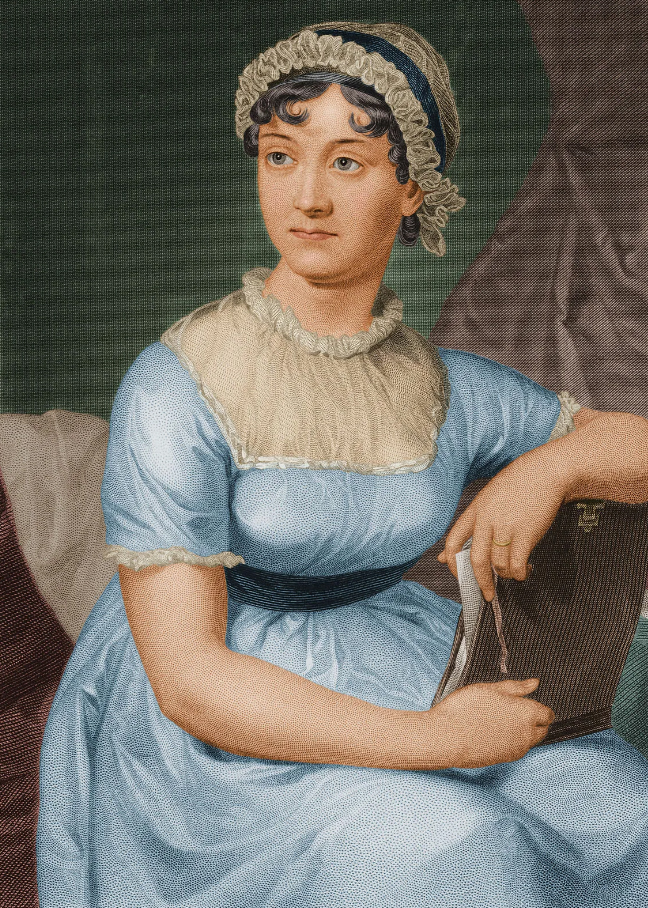
Elizabeth’s rejection of the insipid Mr. Collins and her determination to marry for love, rather than social standing, challenges the prevailing notion that a woman’s worth is solely determined by her ability to secure a prosperous match.
In doing so, Austen imbues Elizabeth with agency, portraying her as a woman who values her own happiness and autonomy above societal expectations.
Mr. Darcy: A Different Masculinity
While Pride and Prejudice is celebrated for Elizabeth’s feminist undertones, it also subtly challenges traditional masculinity through the character of Mr. Darcy.
Unlike the domineering and patriarchal figures commonly depicted in literature of the time, Darcy evolves throughout the novel.
His character arc involves self-reflection, personal growth, and a willingness to discard the societal norms that demand he marries for wealth and status.
Darcy’s eventual recognition of Elizabeth’s intelligence and spirit, rather than just her social standing, represents a departure from the prevailing belief that men should prioritize material considerations over emotional compatibility.
Austen challenges the notion that a man’s strength lies solely in his financial success and aristocratic lineage, presenting Darcy as a more complex and emotionally intelligent character.
Social Critique: Marriage and Independence
Austen’s exploration of marriage as a central theme in Pride and Prejudice serves as a broader commentary on the limitations placed on women in the early 19th century.
The novel presents various couples, each offering a distinct perspective on marriage. The contrast between the Bennet sisters highlights the consequences of adhering to or deviating from societal expectations.
The characters of Charlotte Lucas and Lydia Bennet serve as cautionary tales. Charlotte’s pragmatic decision to marry the obsequious Mr. Collins for financial security underscores the limited options available to women.
Lydia’s impulsive elopement with Wickham reinforces the vulnerability of women in a society that places their value on marriage and reputation.
Pride and Prejudice endures not only as a captivating love story but also as a subtle challenge to the gender roles of its time. Jane Austen, through her characters and social commentary, crafted a narrative that questioned the expectations placed on women and men alike.
Elizabeth Bennet and Mr. Darcy stand as enduring symbols of independence and personal agency, challenging the norms of their society and inspiring readers to reconsider their own preconceptions about gender roles.
Austen’s legacy lies not just in her ability to weave a compelling tale but also in her contribution to the ongoing conversation about societal expectations and the pursuit of individual happiness and fulfillment.
The Quest for Independence in Jane Eyre by Charlotte Brontë
Published in 1847, Charlotte Brontë’s Jane Eyre is a groundbreaking work that defied the societal norms of its era.
Often heralded as a classic Gothic romance, the novel is equally celebrated for its feminist undertones, challenging the restrictive gender roles of the Victorian period.
Through the character of Jane Eyre, Brontë crafted a narrative that transcended its time, offering readers a protagonist who questioned societal expectations and championed the cause of women’s autonomy and independence.
Jane Eyre: A Proto-Feminist Protagonist
At the heart of Jane Eyre is its eponymous protagonist, a character who defies the conventions of Victorian womanhood.
Unlike the passive and submissive heroines typical of the time, Jane is portrayed as strong-willed, intelligent, and fiercely independent.
From her early days at Lowood School to her tenure as a governess at Thornfield, Jane resists societal expectations that seek to confine her to a predetermined role.

Jane’s refusal to compromise her principles for the sake of social conformity is a testament to her proto-feminist nature.
Her quest for self-respect and personal fulfillment, regardless of societal judgment, positions her as a feminist icon ahead of the feminist movements that would emerge later in the 19th and 20th centuries.
Financial Independence: A Radical Notion
One of the most striking aspects of Jane Eyre is the emphasis on Jane’s desire for financial independence.
In an era where women were largely dependent on male relatives or husbands for economic support, Jane’s determination to earn her own living and reject financial reliance on men was a radical notion.
Her employment as a governess and later as a teacher at Lowood School reflects Brontë’s progressive stance on women’s economic agency.
Jane’s commitment to self-sufficiency challenges the prevailing notion that a woman’s worth was determined by her marital prospects.
Her refusal to marry Rochester without maintaining her independence and dignity reinforces the idea that women can, and should, have a say in their financial and emotional well-being.
Equality in Love: Challenging Patriarchal Relationships
Jane Eyre also challenges traditional notions of love and marriage prevalent in Victorian society.
Jane’s relationship with Mr. Rochester is marked by equality and mutual respect rather than the usual power imbalances seen in many literary marriages of the time.
When faced with the choice of compromising her integrity for the sake of marriage, Jane takes a stand, demonstrating that love should be built on mutual understanding and equality.
Moreover, Brontë’s decision to have Jane inherit wealth from her uncle challenges the patriarchal norms governing inheritance.
This unexpected twist not only secures Jane’s financial independence but also subverts the societal expectation that women should be passive recipients of inherited wealth rather than active participants in their financial affairs.
Jane Eyre stands as a beacon of feminist themes in the Victorian era, offering readers a protagonist who embodied the spirit of independence and resilience.
Charlotte Brontë’s creation of Jane Eyre challenged the norms of her time, presenting a character who demanded agency, equality, and the right to pursue her own path in life.
In doing so, Brontë laid the groundwork for future feminist literature and contributed to the ongoing dialogue surrounding women’s rights and autonomy.
The enduring relevance of “Jane Eyre” as a feminist classic underscores its status as a novel truly ahead of its time.
Female Empowerment in Little Women by Louisa May Alcott
Louisa May Alcott’s Little Women, first published in 1868, has remained a beloved classic, cherished for its timeless exploration of family, friendship, and the pursuit of one’s dreams.
At the heart of the novel is a narrative that transcends its 19th-century origins, offering readers a profound portrayal of female empowerment. Through the March sisters, Alcott weaves a tale that challenges societal expectations and celebrates the strength, resilience, and individuality of women.
Sisterhood and Solidarity: A Feminist Bond
Little Women centers around the lives of the four March sisters—Meg, Jo, Beth, and Amy.
Each sister possesses a distinct personality, dreams, and aspirations, and together they form a tight-knit bond that serves as a powerful symbol of female solidarity.
Despite their differences, the sisters support each other’s endeavors, fostering an environment where each can pursue her unique path in life.
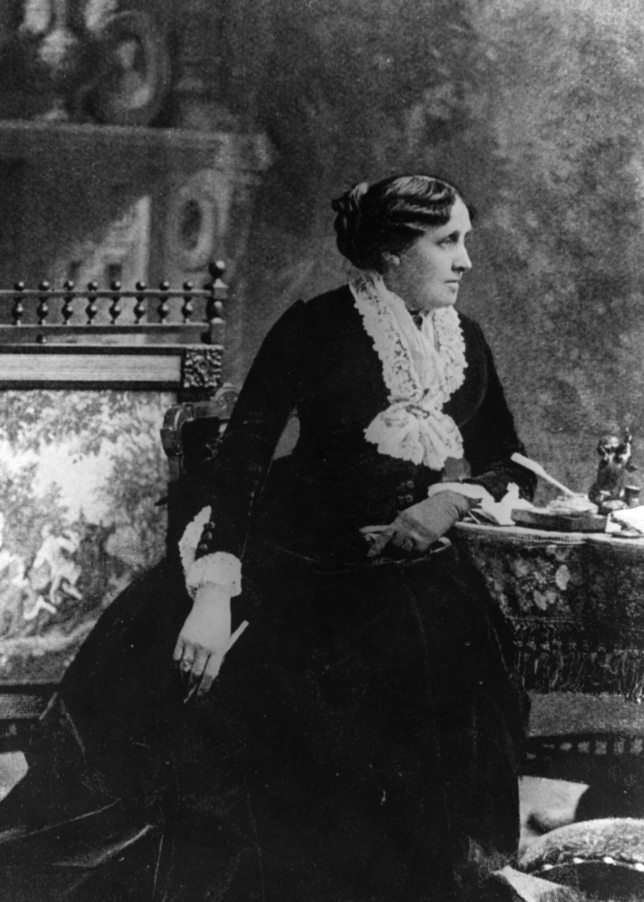
The emphasis on sisterhood in the novel challenges the notion that women are inherently competitive or must conform to a singular mold.
Alcott’s portrayal of the March sisters highlights the strength that comes from women supporting one another, a theme that resonates across generations as a testament to the enduring power of female relationships.
Jo March: A Literary Heroine Ahead of Her Time
Jo March, the second eldest sister, emerges as a literary heroine who defies traditional gender roles.
Jo aspires to become a successful writer, a pursuit that sets her apart in a society that often limited women’s ambitions to marriage and domesticity.
Jo’s determination, independence, and refusal to conform to societal expectations make her a trailblazer and a role model for generations of readers.
Alcott’s decision to portray Jo as a fiercely independent young woman challenges the prevailing norms of her time, pushing against the idea that a woman’s success should be confined to the domestic sphere.
Jo’s journey from aspiring writer to a published author serves as an inspiration for women seeking to carve out their own paths and pursue their passions.
Meg, Beth, and Amy: Diverse Paths to Empowerment
While Jo is the focal point of female empowerment in Little Women, the novel also explores the diverse paths to empowerment taken by each sister.
Meg’s choice to prioritize love and family, Beth’s gentle strength in the face of illness, and Amy’s pursuit of artistic and cultural refinement all contribute to a rich tapestry of women’s experiences.
By presenting a range of aspirations and choices, Alcott challenges the idea that there is a one-size-fits-all approach to female empowerment.
The March sisters collectively embody the notion that women can find strength and fulfillment in various ways, reinforcing the importance of individual agency and choice.
Little Women endures as a timeless classic not only for its heartwarming portrayal of family and love but also for its progressive exploration of female empowerment.
Through the March sisters, Louisa May Alcott crafted a narrative that defied societal expectations and celebrated the diverse paths women could take in the pursuit of their dreams.
The novel’s enduring appeal lies in its ability to resonate with readers of all ages, inspiring them to embrace their individuality, support one another, and continue the legacy of empowerment that Little Women so beautifully encapsulates.
Gender Inequality in Madame Bovary by Gustave Flaubert
Gustave Flaubert’s Madame Bovary, published in 1857, is a seminal work of literature that not only explores the consequences of romantic idealism but also delves into the pervasive gender inequalities of 19th-century French society.
Through the tragic tale of Emma Bovary, Flaubert reveals a world where women are confined by societal expectations, limited in their pursuits, and ultimately face dire consequences for attempting to break free from the constraints imposed upon them.
The Limited Role of Women in Society: Emma’s Confinement
Flaubert paints a vivid picture of the limited roles available to women in the 19th century, as Emma Bovary grapples with the stifling expectations of a society that consigns women primarily to domesticity and marriage.
Emma’s early aspirations for a life filled with passion and excitement are thwarted by the societal norms that dictate a woman’s worth lies in her ability to conform to the roles of wife and mother.
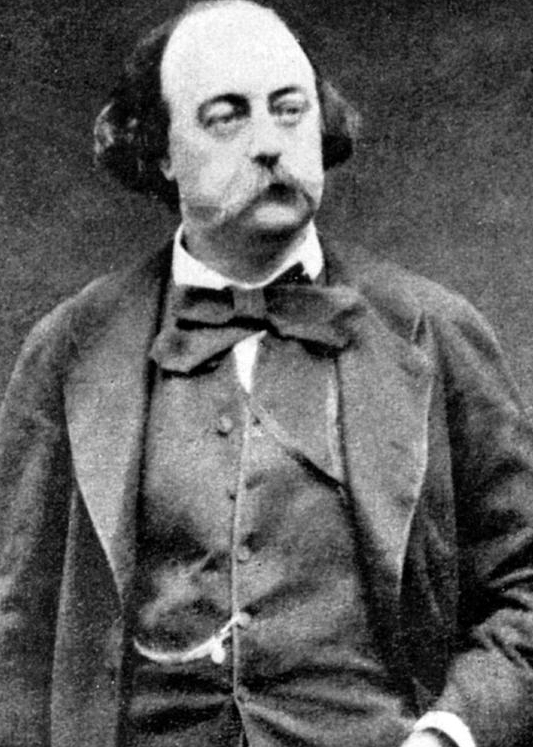
Emma’s struggle for autonomy and individuality mirrors the broader issues of gender inequality during the time.
The lack of opportunities for women outside the domestic sphere confines them to a narrow range of acceptable behaviors, perpetuating a cycle of frustration and discontent.
Marriage as a Constricting Institution: Emma’s Unfulfilled Dreams
One of the central themes in Madame Bovary is the portrayal of marriage as an institution that can perpetuate gender inequality.
Emma’s marriage to Charles Bovary is marked by her disappointment and disillusionment.
The stark contrast between her romantic fantasies and the mundane reality of her married life emphasizes the societal expectations placed on women to find fulfillment within the confines of marriage.
Flaubert’s narrative critiques the societal pressure on women to derive their entire identity and happiness from their roles as wives and mothers.
Emma’s yearning for passion and excitement beyond the confines of her marriage exposes the inherent inequality in a system that denies women the agency to pursue their desires.
Double Standards and Social Judgment: Emma’s Downfall
As Emma seeks to break free from the limitations of her role, she faces harsh social judgment and double standards.
The same society that confines her to a predetermined mold harshly criticizes her attempts to escape it.
Emma’s pursuit of romantic fulfillment outside her marriage is met with condemnation, highlighting the hypocritical nature of a society that enforces strict gender roles and punishes those who deviate from them.
The consequences of Emma’s actions serve as a cautionary tale, underscoring the severe penalties women faced for challenging societal expectations.
Flaubert exposes the harsh realities of a society that not only limited women’s choices but also condemned them for seeking fulfillment and independence.
Madame Bovary serves as a poignant critique of the gender inequalities entrenched in 19th-century French society.
Through the tragic story of Emma Bovary, Gustave Flaubert illuminates the confining nature of societal expectations placed on women, revealing the limitations on their autonomy, aspirations, and individuality.
The novel stands as a powerful testament to the enduring struggle for gender equality and remains relevant in its exploration of the societal norms that have historically constrained women and their pursuit of fulfillment and self-realization.
Subverting Expectations in Frankenstein by Mary Shelley
Published anonymously in 1818, Mary Shelley’s Frankenstein emerged as a groundbreaking work of literature that defied the conventions of its time.
In an era dominated by Gothic tales and romantic literature, Shelley’s creation subverted expectations and laid the foundation for a new genre of literature.
Through the narrative and themes of Frankenstein, Shelley challenged societal norms, questioned the ethics of scientific exploration, and gave birth to a story that transcended its 19th-century origins.
The Female Authorial Voice: A Bold Departure
Mary Shelley’s decision to publish Frankenstein anonymously was a subversive act in itself.
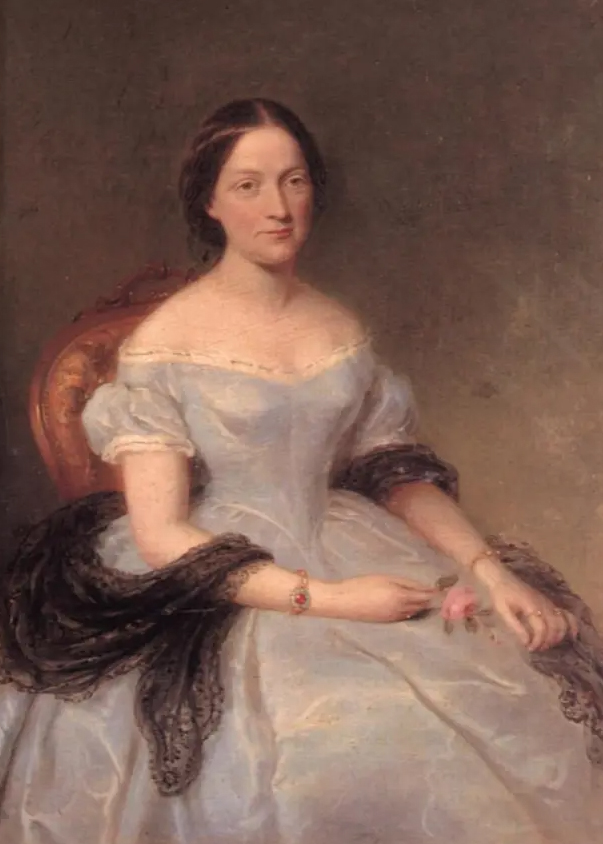
In an age where female authors faced prejudice and limited recognition, Shelley’s choice to withhold her name challenged the assumption that women were incapable of producing profound and intellectually stimulating works of literature.
The very act of an unknown woman penning a tale that would become a literary classic was a revolutionary step, setting the stage for future generations of female authors.
The Challenge to Scientific Hubris: Questioning Enlightenment Ideals
Frankenstein was crafted during a period marked by the Enlightenment’s celebration of reason and scientific progress.
Shelley’s narrative, however, takes a critical stance on unchecked scientific ambition.
Victor Frankenstein’s relentless pursuit of knowledge and the creation of life without ethical consideration become cautionary tales against the dangers of scientific hubris.
Shelley subverts the notion that science and reason alone can lead to progress, urging readers to consider the moral and ethical implications of scientific pursuits.
In doing so, she challenges the prevailing optimism of the Enlightenment and foreshadows the ethical debates surrounding scientific advancements that would arise in the centuries to come.
The Creature: A Sympathetic Anti-Hero
One of the most radical aspects of Frankenstein is the portrayal of the creature itself.
Contrary to the monstrous and malevolent depictions prevalent in earlier Gothic literature, Shelley’s creature is a complex and sympathetic character.
The creature’s articulation of loneliness, desire for companionship, and existential struggles challenge the binary notions of good and evil, beauty and ugliness.
Shelley compels readers to empathize with the creature, subverting the expectations of a monstrous antagonist.
By presenting a nuanced and multifaceted character, she challenges readers to question their preconceived notions about appearance, humanity, and morality.
The Ambiguity of Morality: A Philosophical Undertone
Frankenstein is characterized by its moral ambiguity, challenging readers to question traditional notions of right and wrong.
Victor Frankenstein’s actions and the consequences of his creation blur the lines between hero and villain, calling into question the absoluteness of moral judgments.
Shelley’s narrative refuses to provide easy answers, subverting the expectations of a morality tale.
Instead, she prompts readers to engage in thoughtful reflection on the consequences of human actions, the ethics of scientific experimentation, and the complexities of moral responsibility.
Mary Shelley’s Frankenstein remains a literary masterpiece not only for its gothic and atmospheric storytelling but also for its revolutionary subversion of societal expectations.
From challenging gender norms to questioning the ethics of scientific exploration and presenting a morally ambiguous narrative, Shelley’s work defied the conventions of its time and laid the groundwork for a new era of literature.
Frankenstein endures as a timeless and thought-provoking exploration of humanity’s capacity for creation, the consequences of unchecked ambition, and the enduring struggle to navigate the complexities of morality.
The Awakening of Self in The Awakening by Kate Chopin
Published in 1899, Kate Chopin’s The Awakening is a powerful exploration of a woman’s journey towards self-discovery and liberation in the stifling societal norms of late 19th-century America.
The novel, which was initially met with controversy, has since been recognized as a seminal work that challenges the limitations imposed on women and delves into the complexities of identity, societal expectations, and the pursuit of individuality.
Edna Pontellier: Breaking the Chains of Conformity
At the heart of The Awakening is Edna Pontellier, a woman who awakens to a newfound sense of self amid the societal constraints of her time.
Married to Léonce Pontellier, Edna initially conforms to the expectations of her role as a wife and mother.
However, as the narrative unfolds, Edna experiences a profound internal awakening that propels her to question and challenge the predetermined roles imposed upon women in 19th-century society.

Edna’s realization that she is more than a wife and mother, and her desire for personal fulfillment beyond societal expectations, marks the beginning of her journey toward self-discovery.
Chopin subverts the conventional narrative of women finding fulfillment solely through their familial roles, challenging the notion that a woman’s identity should be confined to her domestic duties.
Art and Sensuality: Vehicles of Liberation
Throughout The Awakening, Chopin employs art and sensuality as symbolic vehicles of Edna’s liberation.
Edna’s involvement in painting and her growing fascination with sensuality represent her desire to break free from the prescribed roles of wife and mother.
Art becomes a medium through which Edna expresses her innermost desires and emotions, providing a cathartic outlet for her evolving sense of self.
Chopin’s exploration of sensuality in Edna’s awakening challenges the prevailing Victorian ideals that associated female sexuality with shame and repression.
Through Edna’s sensual experiences and desires, Chopin not only subverts societal expectations but also highlights the human need for personal fulfillment and self-exploration.
The Symbolism of the Sea: A Metaphor for Freedom
The recurring motif of the sea in The Awakening serves as a powerful metaphor for Edna’s yearning for freedom and self-discovery.
The sea, with its vastness and unpredictable nature, represents the uncharted territory of Edna’s own identity.
Her fascination with the sea reflects her desire to break free from societal constraints and venture into the unknown, embracing the uncertainty that comes with self-discovery.
The ultimate culmination of Edna’s journey is her tragic decision to swim into the sea, a symbolic act of liberation and defiance against the suffocating expectations placed upon her.
Chopin’s use of the sea as a symbol underscores the transformative power of self-discovery and the pursuit of individual identity.
Kate Chopin’s The Awakening remains a timeless exploration of the awakening of self in the face of societal expectations.
Through the character of Edna Pontellier, Chopin challenges the norms of her time, providing readers with a nuanced portrayal of a woman’s journey toward liberation and self-discovery.
The novel’s enduring relevance lies in its exploration of identity, the pursuit of personal fulfillment, and the complexities of breaking free from societal expectations—a narrative that continues to resonate with readers grappling with questions of selfhood and societal conformity.
Conclusion
Classic literature is a treasure trove of feminist themes that transcend time and continue to inspire readers today.
Through the works of these authors, we see the enduring struggle of women to break free from societal constraints and assert their independence.
These novels, written in different eras and cultural contexts, share a common thread of championing female empowerment, challenging gender roles, and critiquing the limitations imposed on women.
They serve as a testament to the enduring spirit of women throughout history who have fought for their rights and autonomy.
As readers, we can draw inspiration from these classic works and continue to push for gender equality in our own time.
The feminist themes embedded in classic literature remind us that the fight for women’s rights is an ongoing struggle, and each generation has the power to contribute to the progress of this important cause.

